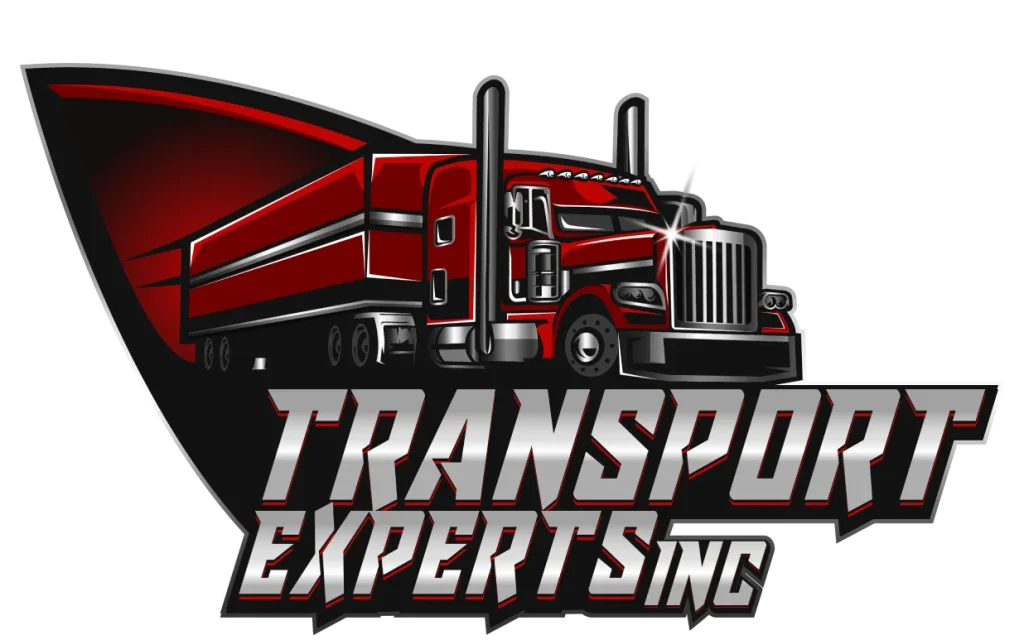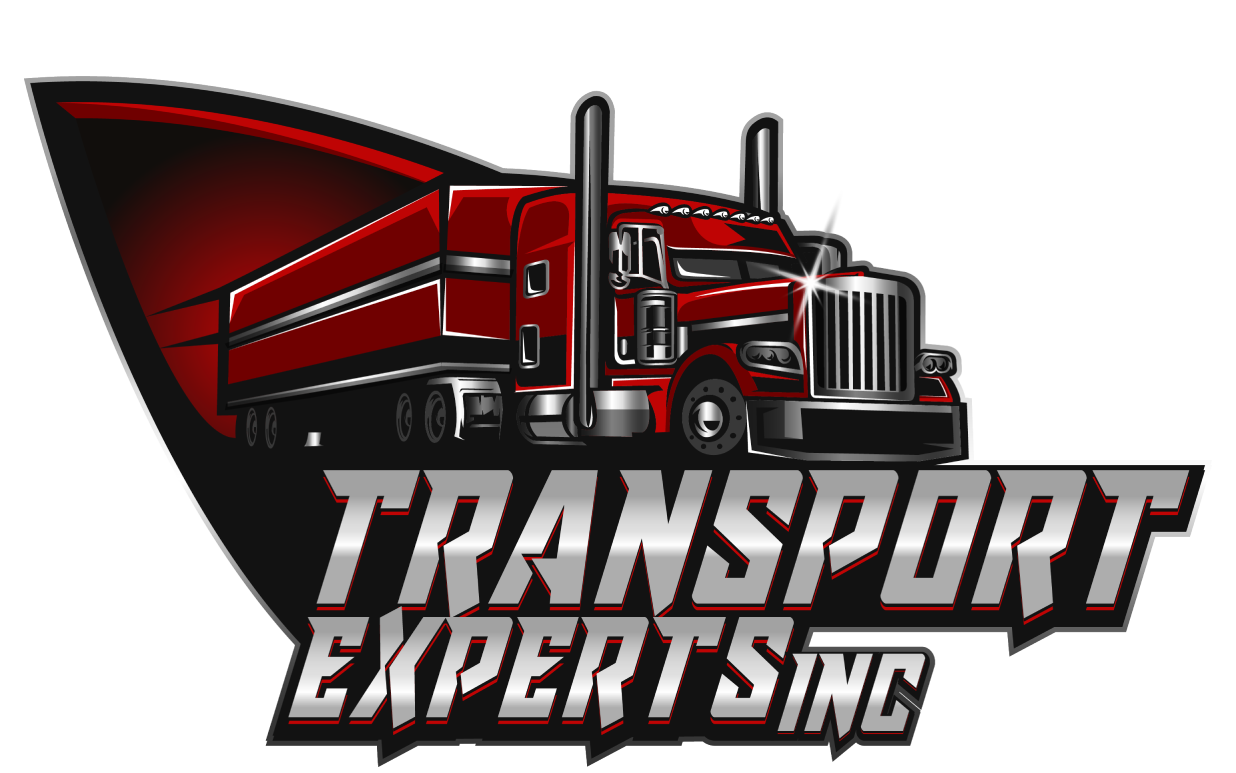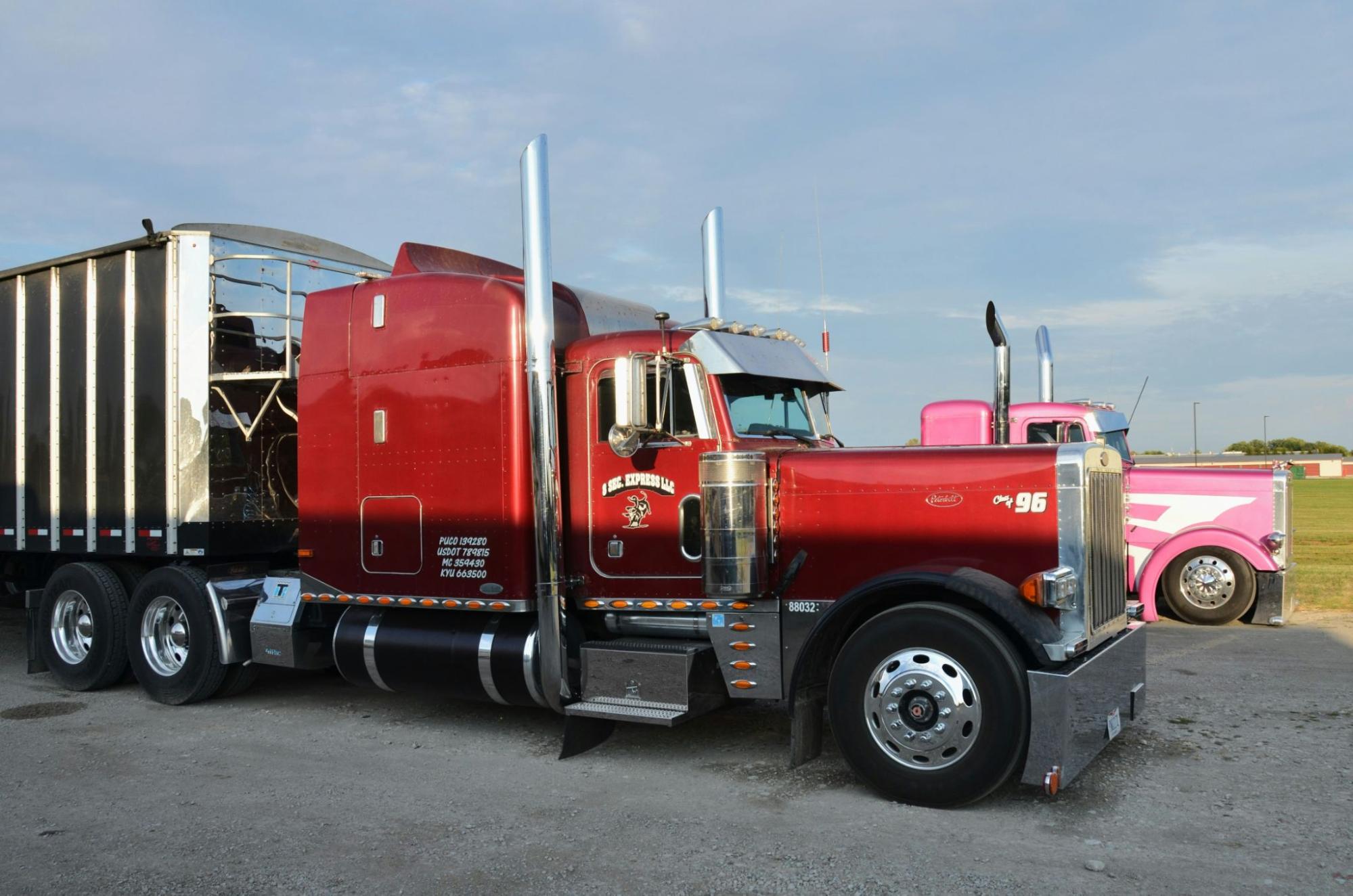When it comes to transportation and logistics, the words route and highway often appear to mean the same thing. However, for businesses managing freight, fleet planning, and cost optimization, understanding the difference between a route and a highway is crucial for both strategy and profitability.
A highway road represents infrastructure — built and regulated for long‑distance, high‑volume travel. A route represents a chosen path — often flexible, customized, and adapted to journey conditions. For professionals in transport and supply chain, these two concepts influence delivery time, safety, cost efficiency, and cargo flexibility.
In this article, we’ll clarify what constitutes each term, their functions in freight and cargo movement, and how modern companies — including Transport Experts Inc. — leverage both highways and route management to improve logistics performance.
What is a Highway? Key Features and Functions Explained

A highway is a major public road designed for fast, structured vehicle movement. It forms the arteries of national and regional transport networks linking cities, ports, and industrial centers.
Design and Technical Structure
Highways typically include:
- Multi‑lane divisions for safe two‑way travel
- Strong reinforced surfaces suitable for trucks and trailers
- Controlled‑access junctions to minimize interruptions
- Safety features such as medians, signage, and service stops
These design elements make highways ideal for freight transport logistics, ensuring consistent travel speeds, reduced congestion, and lower fuel consumption per kilometer.
Regulatory and Economic Role
Governments regulate highways through strict design codes — determining lane width, load capacity, signage, and permissible vehicle classes. This consistency supports national logistics planning and ensures safety standards for heavy cargo movement.
Economically, highways act as transport corridors — connecting production zones with consumption hubs. They reduce travel time, enhance regional trade, and facilitate long‑distance freight distribution. Businesses often depend on highways for large‑scale hauls because they combine speed and predictability, minimizing operating costs.
Professional Insight: Highways are the rigid backbone of connectivity; routes are the flexible capillaries that make that system usable on a micro level.
What is a Route? Understanding Its Flexibility and Usage in Transportation

Unlike a highway, a route isn’t a physical structure — it’s a strategic path. It represents a selected course combining multiple road types based on need and context.
A single route may include:
- Highways for efficiency
- Local or rural roads for specific access
- Urban streets for last‑mile delivery
Routes integrate flexibility, adapting to external factors like weather, congestion, construction, and delivery preferences.
Why Routes Matter in Freight Planning
For logistics professionals, routes provide tactical adaptability — vital for industries dealing with:
- Perishable goods (requiring shorter travel times)
- Oversized cargo (needing wider or less regulated roads)
- Time‑sensitive deliveries (responding to real‑time changes)
Companies like Transport Experts Inc. use intelligent route‑mapping systems to combine these dynamics — merging highway efficiency with local accessibility.
Multi‑Mode Applications
Routes apply not only to roadways but also in air, sea, and rail logistics. In multimodal networks, defining optimal routes helps reduce transfer delays and optimize resource allocation. Whether it’s an air route connecting trade hubs or a marine route coordinating port entries, the same planning principles apply.
Highway vs Route: Key Differences and When to Choose Each for Your Transport Needs
Understanding the differences between a route and a highway helps in selecting the best approach for operational goals.
| Aspect | Highway | Route |
| Definition | Physical, constructed roadway maintained by the government | Chosen course or path made up of multiple roads |
| Purpose | Long‑distance, high‑volume travel | Customizable movement between destinations |
| Control | Strictly regulated design and speed limits | Flexible, changeable based on need |
| Accessibility | Limited exits and entrances | Direct access to locations beyond highway range |
| Best For | Long‑haul freight and interstate cargo | Regional or specialized delivery paths |
Choosing Between Highway and Route
- Use highways for scalable operations, consistent timing, and lower fuel costs.
- Use routes when cargo needs destination‑specific access or customized detours.
Professionals often combine both — highways for the primary haul, routes for the finishing delivery leg. The result is balanced transport efficiency — high‑speed connectivity with localized precision.
When Are Routes Preferable Over Highways? Advantages for Specialized Cargo
Routes outperform highways in situations where reach outweighs speed.
- Better Access to Remote Areas
Routes connect small towns, industrial zones, and rural regions unserved by highway networks. For industries like agriculture, energy, or mining, this access isn’t optional — it’s a logistical lifeline.
- Adaptability for Oversized or Restricted Cargo
Routes allow for creative detours when highways impose vehicle size or weight restrictions. Delivering construction machines, turbines, or agricultural equipment often requires route planning beyond highway limits.
- Lower Cost for Short‑Distance Transport
Short hauls rarely need paid highway tolls. Routes minimize transit expenses, maintenance wear, and fuel consumption — a significant advantage for regional supply chains.
- Direct Reach to Local Businesses
Because routes pass through commercial areas, they allow direct delivery to distributors, retail outlets, and service centers — eliminating extra warehousing or trans‑shipment steps.
Strategic Takeaway: Highways maximize efficiency; routes maximize opportunity.
Businesses should use a hybrid transport model to leverage both.
How Do Highways Support Efficient Freight Transport? Key Benefits for Large‑Scale Hauling
Highways are the backbone of nationwide freight movement, supporting massive cargo transit under standardized safety and regulatory frameworks.
Efficiency and Speed
Highways facilitate uninterrupted long‑distance travel, crucial for sectors where timing equals money — manufacturing, e‑commerce, and FMCG distribution.
Load Capacity and Structural Strength
Built to accommodate trailers and heavy trucks, highways reduce risk for high‑tonnage cargo. Reinforced bridges and lanes ensure compliance and prevent mechanical stress.
Network Integration
Modern highway networks connect to ports, airports, and urban centers, enabling multimodal transfers. This synergy ensures freight pipelines remain continuous and predictable.
Economic & Operational Benefits
- Fuel Optimization: steady speeds reduce consumption
- Reduced Transit Time: fewer intersections, smoother flow
- Expanded Service Areas: faster cross‑region delivery
Safety Infrastructure
Controlled access, signage, and maintenance reduce accident rates — protecting cargo and personnel. Services like rest areas and repair hubs create full‑service ecosystems for long‑haul drivers.
Role of Transport Experts Inc.
Partnering with the right logistics company amplifies these benefits.
Transport Experts Inc. specializes in optimizing both route and highway selection for freight operations. Their expertise blends data‑driven route analysis with hands‑on transport management — ensuring cargo reaches its destination efficiently and safely.
Whether you’re transporting large machinery or time‑sensitive goods, their strategic use of highways and secondary routes guarantees maximum reliability and cost‑effectiveness.
Highways vs Routes: A Balanced Framework for Modern Logistics
Successful logistics isn’t about choosing one over the other — it’s about synergy.
Highways provide structure, speed, and predictability. Routes provide adaptability and access. Integrated together, they form a complete transport system that meets both large‑scale and local delivery demands.
Smart transport operations — like those run by Transport Experts Inc. — use predictive route mapping alongside highway logistics planning to optimize for every variable: time, terrain, and cargo type.
Final Perspective: Efficiency Meets Flexibility
In logistics strategy, understanding the difference between a route and a highway goes beyond semantics — it’s about optimizing speed, accessibility, and cost.
Highways represent efficiency. Routes represent adaptability.
Together, they form a transport ecosystem that drives supply chains forward.
Businesses aiming for precision hauling and reliability should consider partnering with professionals who master both — such as Transport Experts Inc. — where every journey, whether on a route or highway, is strategically planned, safely executed, and optimized for cost and performance.
Frequently Asked Questions
A route is a travel plan connecting destinations using various road types. A highway is a physical road designed for long-distance movement at higher speeds. Routes offer flexibility; highways offer efficiency.
Both contribute differently. Highways provide structure and capacity, but routes allow tailored access to restricted or remote areas — vital for oversized freight. A hybrid policy combining both is optimal.
Highways minimize travel time and fuel use per distance; routes minimize last-mile expenses and tolls. Strategic mixing yields the best cost balance.
Yes — routes are adaptable, covering urban, rural, and custom connections. Highways remain fixed in design, offering consistent performance but limited deviation.
Possible, but inefficient. Long-haul operations benefit from highways’ predictability; routes become essential only in targeted or final-mile applications.







